Hard-hatted politics fails to plan for the future of Queensland
THERE are few more dangerous places to stand than between a politician and an infrastructure announcement, but voters are starting to see through them, writes Steven Wardill.
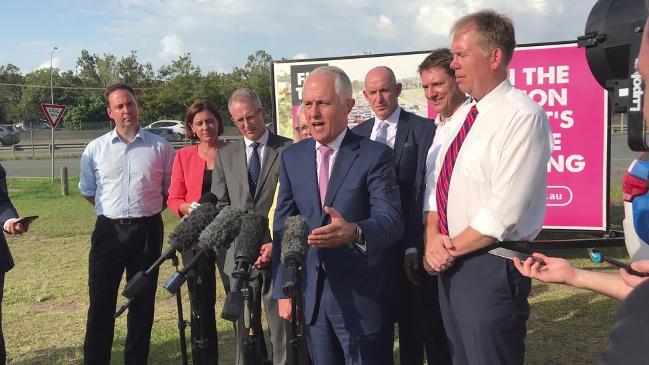
CM Insight
Don't miss out on the headlines from CM Insight. Followed categories will be added to My News.
THERE are few more dangerous places to stand than between a politician and an infrastructure announcement.
Our esteemed elected leaders swarm like flies on fresh meat whenever there’s a road upgrade or a new public transport project to spruik.
Sometimes they arrive together by bus because there are so many of them, or they spill out of a train for that perfect piece of vision for the nightly television news. Then there are the speeches. Everyone wants a sound bite. They ramble on so long that some projects could be half built by the time it’s all over.
Yet voters have grown cynical about infrastructure announcements.
Politicians just can’t get much bang for our buck any more. And there’s good reason for that. Too often we’ve seen projects plucked from the never-never because there’s an immediate political imperative.
Voters see through that.
Then there are the funding disputes between different levels of government and the same projects being announced at successive elections while nothing actually happens in between. Both seriously peeve the average punter.
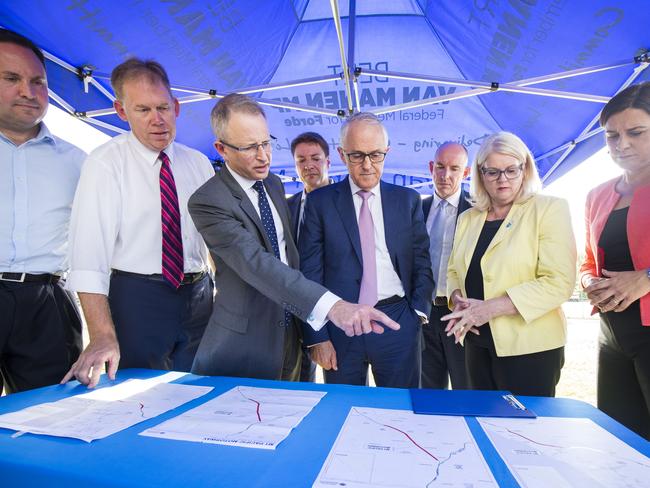
Prime Minister Malcolm Turnbull and his cohorts have done all that and more in recent weeks. They’ve brought out the cheque book and the cherry picker.
Federal governments of both persuasions have been guilty of this approach to infrastructure.
In 2010, for example, the Gillard government plucked Redcliffe rail from a very dusty drawing board.
Despite a century of talk, the project never stacked up financially compared to other infrastructure priorities and wasn’t on the state’s 30-year horizon for funding.
The route happened to run through several marginal federal Labor electorates, however, and the rest is history.
This kind of cavalier approach will have an adverse impact as our cities grow.
The problem is that the level of government with the dollars to make big infrastructure happen plays no role in planning.
Instead, it picks projects that aren’t priorities and pays for proposals that don’t have business cases, while forever fiddling with its funding model.
Turnbull’s recent spending spree on infrastructure demonstrates why the Federal Government needs to have a proper role in planning and a concrete model for funding.
He’s stumped up $1 billion to upgrade two sections of the M1 between Brisbane and the Gold Coast. There’s no quibble about these projects, given both have been listed as high-priority initiatives by Infrastructure Australia, the body that gives independent advice to the Federal Government.
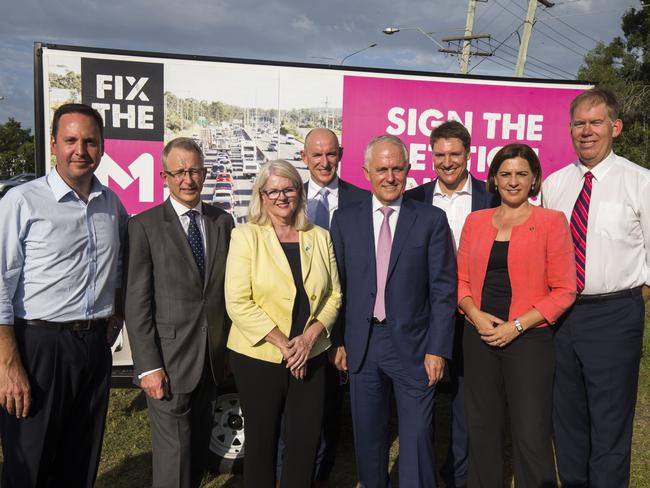
Yet, Turnbull wants a 50/50 funding deal with the state because the Pacific Motorway is an “urban” road, while an 80/20 deal was struck for the Gateway Motorway upgrade just a few years ago. The difference in the Pacific Motorway funding model is a $600 million impost for the state.
Meanwhile, Turnbull yesterday promised $5 billion towards a Melbourne Airport train project before it has a business case, but he won’t stump up a dollar for Brisbane’s Cross River Rail which does.
Before that there was $150 million for an upgrade to the M1 north of Brisbane, to add off and on ramps at the Dohles Rocks Rd interchange at Murrumba Downs.
No comprehensive study has been done into this proposal, but it just happens to run through Home Affairs Minister Peter Dutton’s marginal electorate, who just happens to have promised the same project before.
Meanwhile, the Beerburrum to Nambour stretch of the rail route between Brisbane and the Sunshine Coast has been studied and costed at $722 million. It’s been listed by Infrastructure Australia as one the nation’s top priorities.
“The project will deliver significant economic benefits in the form of travel time savings, with associated social and environmental benefits including reduced air and noise pollution, and lower vehicle crash rates,” Infrastructure Australia’s latest priority list states.
Yet the Turnbull Government has decided to investigate a fast-train proposal being championed by Coalition MPs, rather than proceed with the shovel-ready rail project.
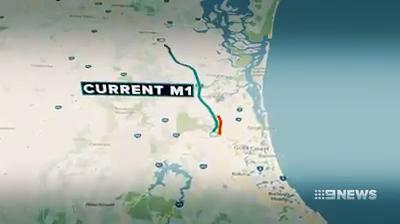
The fast train sounds superb. Brisbane to the Sunshine Coast in 45 minutes. But the proposal would cost billions of dollars, force the north coast line to be shut down for years and could require inner-city stations to be rebuilt.
How it would interact with the $5.4 billion Cross River Rail project is anybody’s guess. At times it’s like someone mistook slapstick political satire Utopia as an instructive documentary.
The cost borne by the community from governments working at cross-purposes to deliver infrastructure cannot be underestimated.
We’ll get roads not needed and railways we’ll never need. Crucial project costs will escalate, along with the travel times, while the politicians argue over splitting the bill.
There’s no easy fix for all this.
Infrastructure Australia was supposed to take the politics out of decision making but that hasn’t worked. And let’s not be naive and suggest better collaboration between governments would work.
Defining responsibilities and establishing fixed-funding models would help. That would require realigning tax responsibilities, however, because the inherent problem here is that states just can’t afford their own infrastructure any more.
And even that wouldn’t be a perfect solution.
Politicians will always lather over ribbon-cutting opportunities because of the hope on offer for their electoral prospects.
Meanwhile, we’re wasting billions of dollars while treating the state’s motorists like meat in a sandwich.
Return of the four-minute shower
REMEMBER Peter Beattie’s egg timers? Rolled out during the Millennium Drought, we were all told to use them so our showers lasted no longer than a miserly four minutes.
The cheap plastic egg timers with their bright blue sand never really worked that well.
But people got the message.
Reduce your water use or southeast Queensland will run dry.
The multibillion-dollar spending spree on pipelines, desalination plants and a recycled water scheme that followed is still hurting households.
The pain is only going to increase after the Queensland Competition Authority this week recommended new prices for the next three years.
By 2021 the average household will be paying $500 for just the bulk water portion of their bill.
What smacks in the face is that prices are rising because households remain prudent.
What’s worse is the fact that the Government’s own authority, Seqwater, spent $30,000 on economists to successfully argue that they should be allowed to charge more than what the QCA originally recommended.
Exorbitant water prices represent an enormous challenge for the Palaszczuk Government this term.
Unlike electricity costs, there’s no opportunity to buck pass. Water prices are the direct result of the Government doing diddly about debt.
The water grid cost taxpayers $7 billion. Since then, Seqwater has raked up a further $2.5 billion in debt because it cannot charge enough to cover its costs.
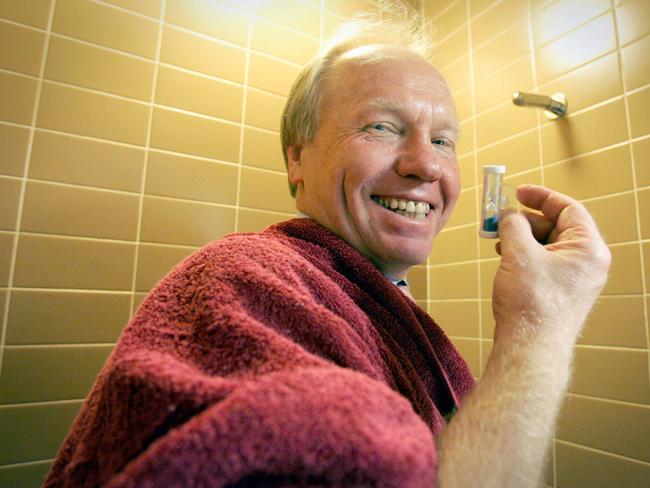
The plan is to pay off the debt by 2028. However, the bulk water price has continually had to increase because forecasts that households would return to their former usage habits were wrong.
Seqwater has successfully argued that it should be allowed to earn more off the water grid assets than the QCA recommended in its draft.
Ironically, this means the Government gets to earn extra off the $2.5 billion Western Corridor Recycled Water Scheme, even though it just sits there idle.
But will the price rise of up to $90 per household be enough?
The Auditor-General warned in 2016 that Seqwater wouldn’t be able to pay off its debts if usage remained at 165 litres per person today.
However, the latest price rise again makes the assumption that consumption will jump to 185 litres per person in the future.
Seqwater knows it needs to raise more money.
That’s why it advocated for new fixed fees so prudent households couldn’t swerve their costs. The Palaszczuk Government slapped down that idea.
But it must now make a decision about whether to adopt the QCA’s recommendation to hike prices at a rate well above inflation.
There’s an easy answer. Sell an asset or two and pay down Seqwater’s debt.
But an administration staunchly opposed to privatisation isn’t about to do that. More likely they’ll look at lengthening the timetable to pay off the debt, meaning we’ll all pay in the long run.
Unless cash comes raining into Treasury’s coffers, there may not be any other option.


